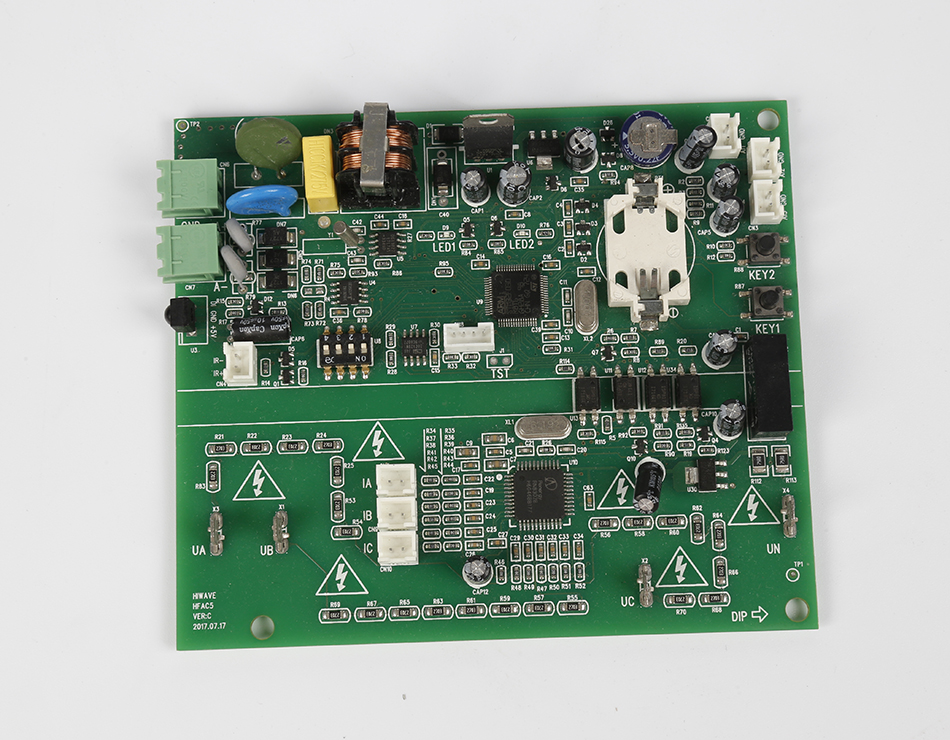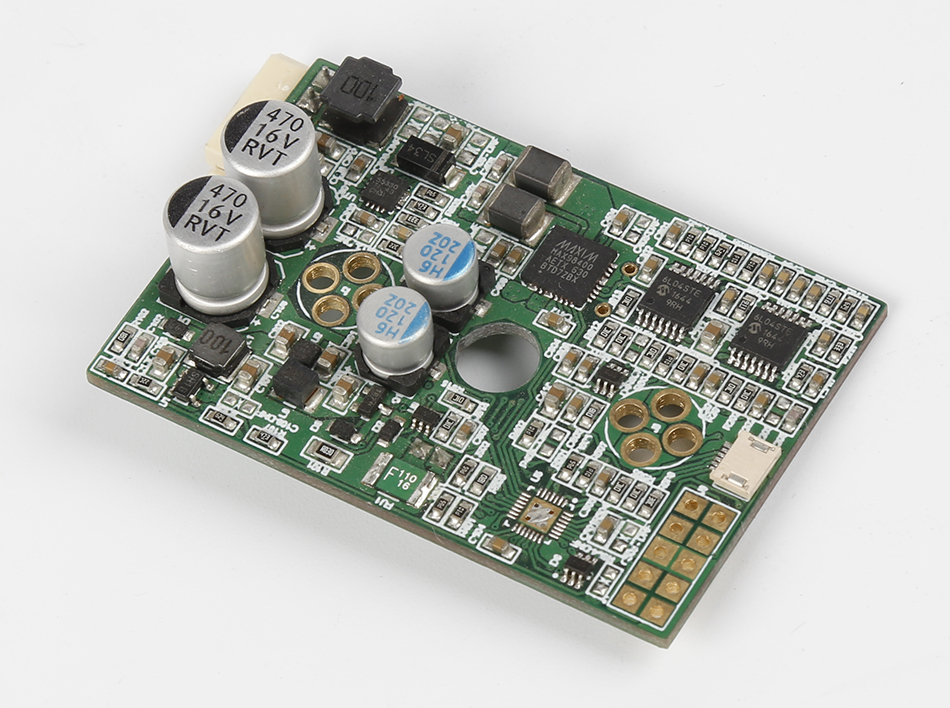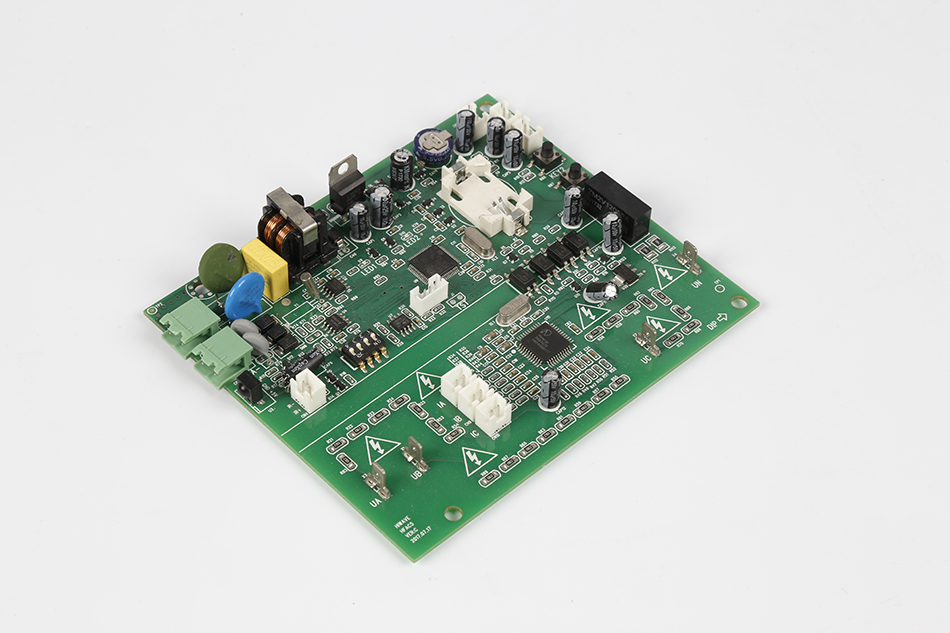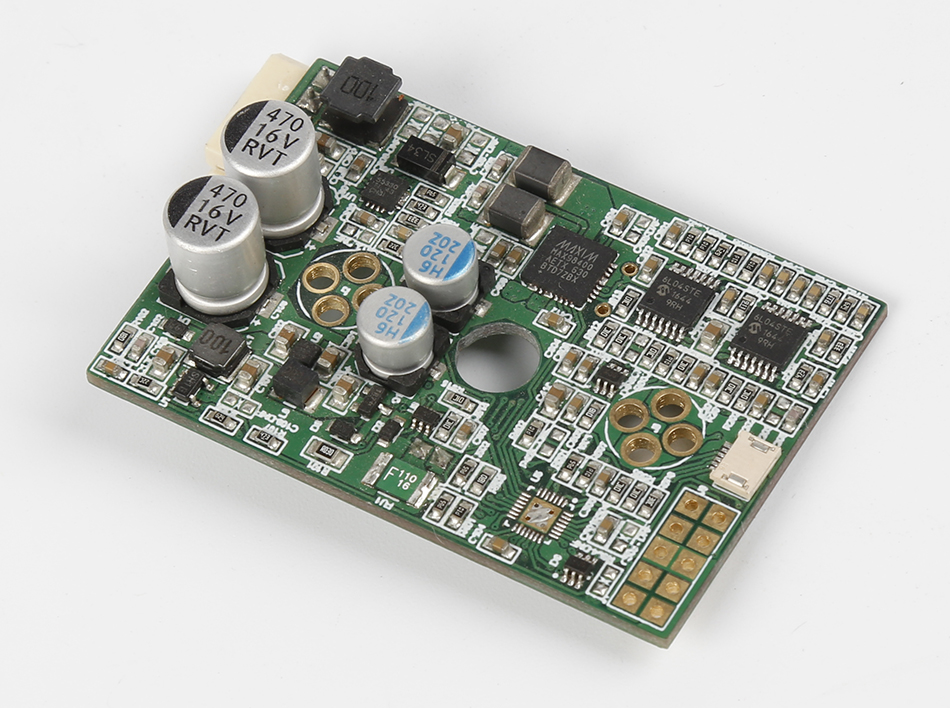-
- PCB TYPE
- PRINTED CIRCUIT BOARD PROTOTYPE ALUMINUM PRINTED CIRCUIT BOARD R&F PCB FPC HIGH FREQUENCY PCB HIGH-TG PCB HEAVY COPPER PCB HDI PCB PCB FOR LIGHTING METAL CORE PCB
time:Oct 22. 2025, 19:11:37
In the world of electronics manufacturing, Ball Grid Array (BGA) components are a popular choice due to their compact design and high performance. However, achieving a high-yield BGA assembly process can be challenging. This article will guide you through the essential steps and strategies needed to improve yield and ensure a successful BGA assembly.
Before diving into the high-yield process, it’s important to understand what BGA assembly involves. BGA is a type of surface-mount packaging used for integrated circuits. It allows for more pins in a smaller area compared to traditional packaging, which is beneficial for advanced applications requiring high density.
Yield in manufacturing refers to the percentage of units produced without defects. High yield means fewer defects, lower costs, and better reliability. In BGA assembly, achieving a high yield is critical as it directly impacts the overall efficiency and cost-effectiveness of production.

Let's explore the key steps involved in the BGA assembly process.
The first step in BGA assembly is applying solder paste to the PCB. This is typically done using a stencil to ensure precise application. The amount of solder paste is crucial; too much or too little can lead to defects.
Once the solder paste is applied, the BGA components are placed onto the PCB. This requires precision to align the balls on the BGA with the pads on the PCB. Misalignment can lead to connectivity issues and reduce yield.
Reflow soldering is a critical step where the solder paste is melted to form connections between the BGA and the PCB. The temperature profile during reflow must be carefully controlled to avoid defects such as solder bridges or voids.

Achieving a high-yield BGA assembly process requires implementing several strategies to minimize defects and enhance efficiency.
Stencil Design: The stencil must be designed to apply the correct amount of solder paste precisely. Aperture size and thickness are key factors.
Paste Quality: Use high-quality solder paste with the right viscosity and particle size to ensure consistent application.
Automated Equipment: Use automated pick-and-place machines to ensure precise component placement.
Alignment Verification: Implement optical inspection systems to verify alignment before reflow.
Profile Optimization: Develop and maintain an optimal reflow profile to ensure proper soldering without defects.
Thermal Management: Ensure even heat distribution to prevent overheating and damage to components.
After reflow, it's essential to inspect the assembly for defects. Automated Optical Inspection (AOI) and X-ray inspection are effective tools for identifying issues like solder bridges, voids, or misalignments.

Despite careful planning, challenges can still arise in BGA assembly. Here are some common issues and how to address them:
Solution: Ensure accurate stencil design and proper reflow profile. Regularly clean stencils to prevent paste buildup.
Solution: Adjust the reflow profile to reduce void formation. Consider using vacuum reflow to minimize voids.
Solution: Use components with low warpage characteristics and optimize the reflow profile to minimize thermal stress.

Achieving a high-yield BGA assembly process is essential for cost-effective and reliable electronics manufacturing. By optimizing key steps such as solder paste application, component placement, and reflow soldering, and by implementing yield improvement strategies, manufacturers can significantly reduce defects and enhance production efficiency.
With careful planning and attention to detail, high-yield BGA assembly is within reach, ensuring that your products meet the highest quality standards.

Got project ready to assembly? Contact us: info@apollopcb.com



We're not around but we still want to hear from you! Leave us a note:

Leave Message to APOLLOPCB
